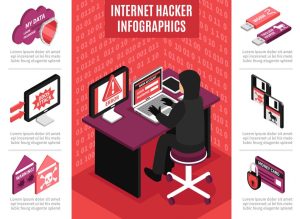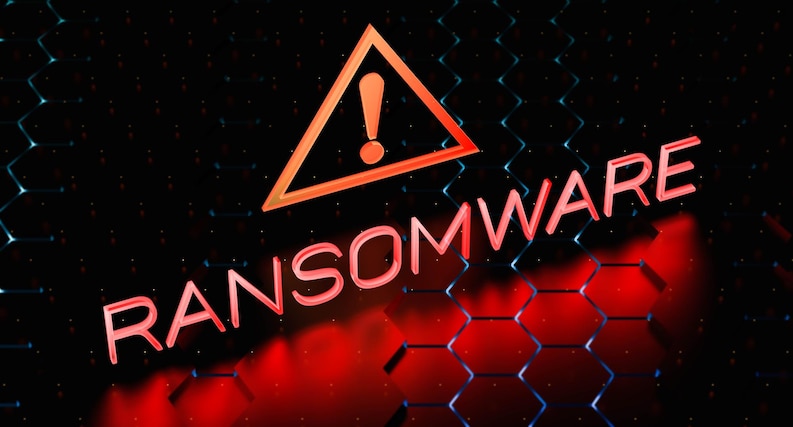Introduction: Ransomware Attack
In recent times, the health care industry has been facing an unprecedented threat – ransomware attacks. These cyber-attacks have reached a critical level, with three states experiencing severe consequences. This article sheds light on the alarming situation, discussing the impact of the ransomware attack on health care systems, its devastating effects on three states, and the urgent need to safeguard these crucial institutions.
The Ransomware Attack on Health Care:
Ransomware attacks involve malicious individuals or groups infiltrating computer systems, encrypting essential data, and demanding a ransom for its release. The health care sector has become a prime target for these cybercriminals due to the sensitivity of patient information and the critical nature of health care operations.
As the demand for digitalization increased, so did the vulnerabilities of health care systems. Sophisticated hackers exploit these weaknesses, causing devastating disruptions in medical facilities and compromising patient care. The recent ransomware attack has exposed the weaknesses of health care security protocols, urging us to take immediate action.

Devastating Effects on Three States:
The ransomware attack struck three states with a ferocity that shook their health care infrastructures to the core. Patient records, treatment plans, and medical equipment were all held hostage, leading to an imminent threat to patient safety. Emergency services were severely impacted, and hospitals were forced to divert critical cases to neighboring regions.
The chaos resulting from the attack exacerbated the ongoing health care challenges, leaving medical professionals overwhelmed and unable to access essential information. As a result, patient care was compromised, and in some instances, delays in treatments proved fatal.
The financial implications were staggering as well. The ransom demanded by the attackers ran into millions, and the cost of recovering and securing systems added to the burden. Small and medium-sized health care facilities were hit the hardest, with some struggling to recover from the blow.
Safeguarding Health Care Systems:
Addressing the ransomware threat requires a multi-faceted approach to protect health care systems from future attacks. Some crucial steps include:
Strengthening Cybersecurity Protocols: Health care institutions must invest in robust cybersecurity measures, including regular system updates, strong firewalls, and encryption of sensitive data.
Employee Training and Awareness: Human error often serves as an entry point for hackers. Educating staff about phishing attempts and social engineering can prevent inadvertent data breaches.
Regular Backups and Recovery Plans: Routine backups of patient data and critical systems can minimize data loss in the event of an attack. Having a well-thought-out recovery plan ensures a faster restoration of services.
Collaboration and Information Sharing: Health care organizations must collaborate to share information about cyber threats and preventive measures, fostering a collective defense against attacks.
Conclusion:
The ransomware attack on health care systems in three states has exposed the vulnerabilities in our critical institutions. It serves as a wake-up call for the health care industry to prioritize cybersecurity and implement comprehensive measures to protect patient data and ensure uninterrupted services. By learning from this incident and taking proactive steps, we can fortify our health care systems and safeguard them from the perils of cyber-attacks.




